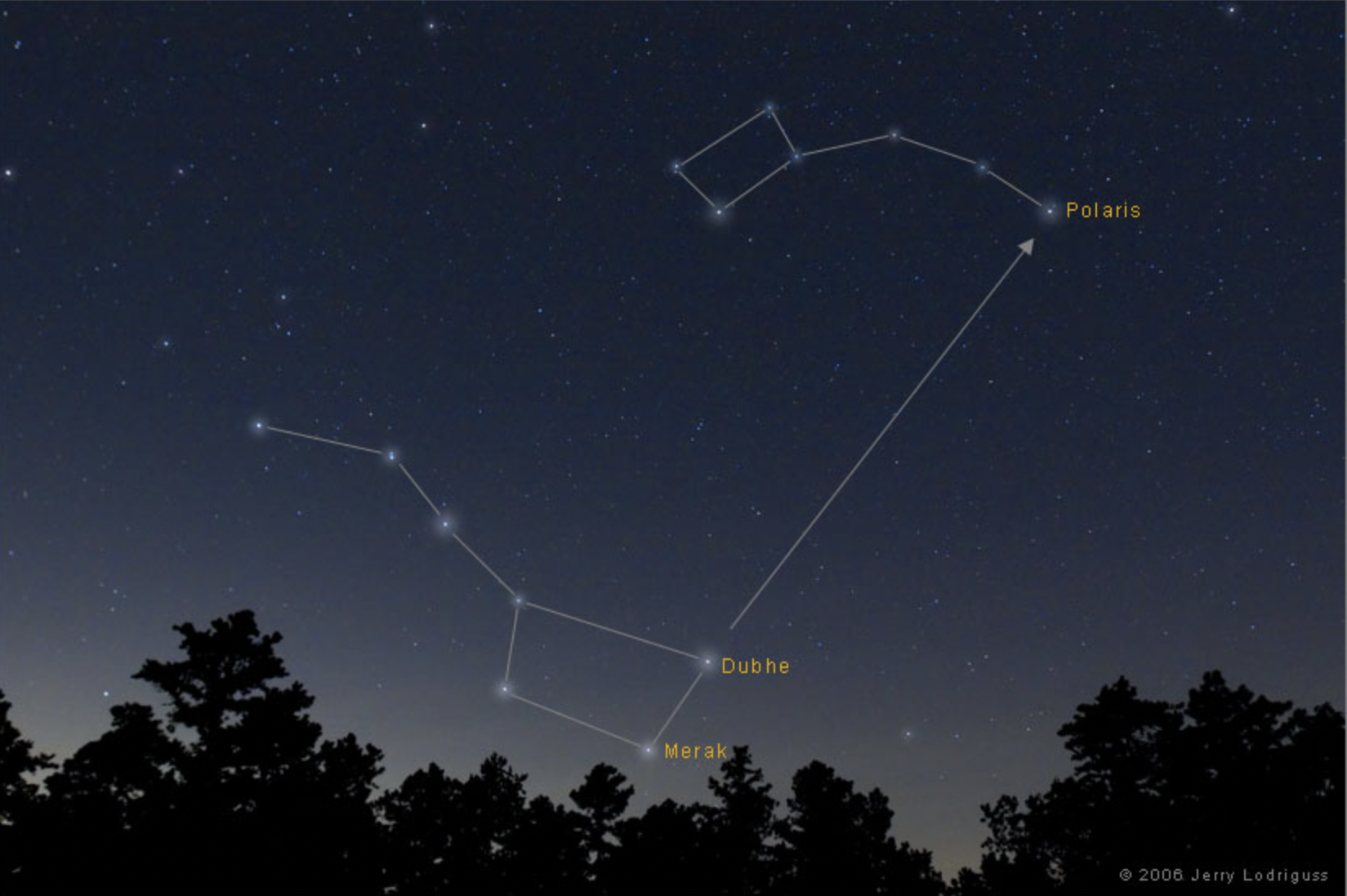
ADVERTISEMENT
this was very interesting and helpful. thanks! i love stargazing, and now i'll actually know what i'm looking at!
1 BRIGHT LARGE STAR AND 1 SMALLER STAR IN LINE WITH IT BOTH ARE IN A LINE AT THE END OR THE BOTTOM OF THE 1/4 MOON. GOT UP AND LOOKED OUT AT 5:54 AM ON 1-30-2019 AND SAW THIS. CAN YOU TELL ME WHAT STARS ARE THESE. LOVE LOOKING AT THE SKY AT NIGHT AND AT MY AGE THERES NOTHING ELSE TO DO. MELODY A
Very good
To understand why the stars do not stay the same throughout the year, and variations in calendars, on YouTube search for ' How Earth Moves '.
There is an excellent video, that explains such phenonmina as 'the Big Dipper going down at sunset' and 'why Orion can not be viewed in spring'.
It is impossible to look in the same place at the same time all yar and see the same stars. The video shows you why.
I just recently started tracking moon's location in sky and it's rise and set time. It started with a couple nights of cloudy weather. The next clear night I was looking where I thought the moon would be and I wasn't even close! Ha-ha! Doing a little research, I think the moon sets in the west although it revolves east around the Earth, but the earth rotates east faster to give the illusion that it(the moon) is setting in the west. Correct?
Also, when will the moon be in roughly the same location the next day. ie: At 9pm the moon will be in same place 55 minutes later the next day?
Overall, the Moon rises in the east and sets in the west, due to Earth’s rotation. The exact location of where it rises/sets will depend on its phase, the time of year, as well as latitude. For example, in spring in the northern hemisphere, the new and full Moons will rise about east and set about in the west, but the first quarter will be more northeast/northwest, and the last quarter more southeast/southwest. The Moon is also moving east due to its own orbit, and therefore we see it has moved about 12 degrees more east than the same time the previous day. On average, the Moon rises about 50 minutes later each day, but latitude and longitude affects this, as well as time of year.
Hello, I'm having a disagreement with a friend. He said you can't see the Big Dipper or small dipper from Cleveland Ohio .Is that true?
Your friend is wrong. The Big Dipper can be seen from Cleveland. In fact, it can be seen all night and all year long, weather permitting. It can even be seen in South America, below the equator. The North Star can be seen about ten degrees above the horizon all year long.
It true now to say again that these stars also appear in the season as it was excepted in the old time. like the appearing of the Orion does it mark the variation of season like winter, summer
Dear Almanac
When I was younger, I used to gaze at the sky at dawn & it's so beautiful with sightings of trillions of stars, the Big Dipper, the Great Bear etc. Sad to find now that I could see only few stars in the sky in my region. Is it that our air is so polluted that it blocks the stars from our vision or have these stars actually disappeared or "died" out. Just wondering if the Big Dipper & the Great Bear still exist.













